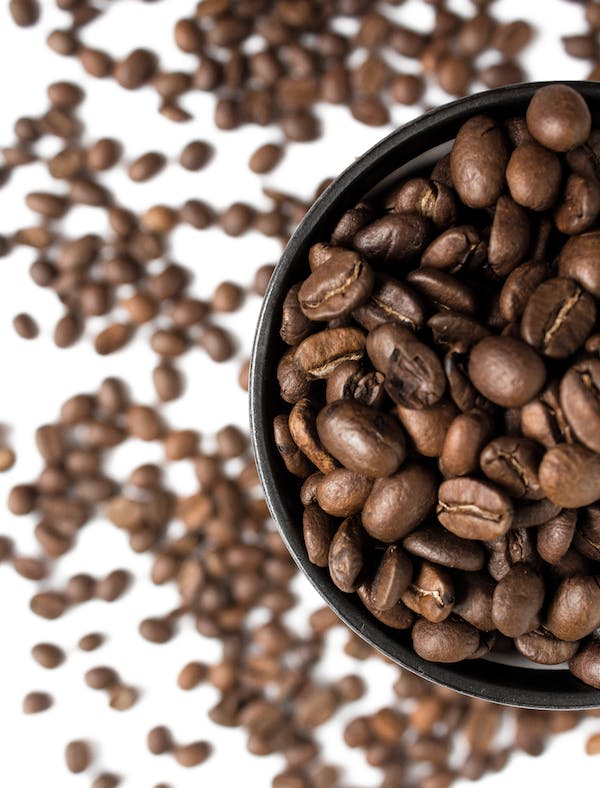There is no better way to enjoy your cup of coffee than to know where it came from and how it was made. Before you go to purchase your next bag of coffee beans in Dubai (or wherever you reside), spend some time learning about the growing, sourcing, and roasting process. The more you know, the easier it will be to find the ideal coffee beans for your tastebuds.
Read on for the four things you need to know about coffee beans.
1. Coffee plants grow drupes
The heart of a delicious cup of coffee comes from the tiny berries used to make it. Coffee plants grow small red berries called drupes, which are similar in appearance to cherries and comprise various layers. These include the exocarp (the skin of the berry), the mesocarp (pulp), the parchment (first layer of the bean), and the silver skin (second layer of the bean). In order to find the coffee bean, you have to go beneath all of these layers.
No matter what kind of coffee bean you are growing, the structure of the drupes is the same; however, the colour and shape of the beans range depending on their varietal. For example, Arabica beans are longer and more oval while Robusta beans are round.
2. There are four main types of coffee beans
There are currently four main types of coffee beans: Arabica, Robusta, Liberica and Excelsa. Each of these types of coffee beans has different flavour profiles and is found in different parts of the world.
Arabica beans comprise over 60% of the world’s coffee production. These beans are grown at high altitudes and must be farmed very carefully. The most delicate of all four types of beans, Arabica has a bright and full body, with a reasonable amount of acidity and an intricate layer of flavours.
Robusta beans are the second most widely produced variety and are remarkably tolerant of their growing environment. These beans can be grown at various altitudes; however, they do require a hot climate with low amounts of rainfall. The reason these plants are so robust (hence the name) is due to the fact that they have almost double the amount of caffeine compared to Arabica beans. When roasted, these beans have a smooth texture, low acidity, and chocolate-like flavours.
Liberica beans are less commonly available than the previous two varietals; however, they are just as delicious. These beans are larger than the others and (usually) asymmetrical. They produce a full-bodied cup of coffee that features a smoky taste with floral and fruity notes.
Excelsa beans are grown predominantly in Southeast Asia and are often combined with other beans in blends for an extra boost of flavour and complexity. The body of these beans is tart and fruity which, when combined with the dark and roasty notes, creates a unique tasting experience.
3. The tropical belt is where most coffee beans are grown
While there are around 60 species of coffee plants that grow worldwide, only about a third of them produce fruits that can be utilised to make coffee. Different varietals require different types of climate and temperatures to grow; however, most of the production takes place in the tropical belt. Some of the largest coffee-producing countries include Brazil, Ethiopia, Guatemala, Honduras, India, Vietnam, Colombia and Peru.
Brazil is the biggest producer of the Arabica variety thanks to the perfect climate found in the highlands that alternates between rainy and dry periods. However, Ethiopia is the home of coffee, and here, coffee plants happily grow in the wild. Coffee grown in Ethiopia is known for being high-quality. For example, the single-origin Ethiopia Supreme by THREE Coffee Roasters features notes of florals, chocolates and deep, purple fruits. India mainly grows Robusta beans that are strong and full-bodied with delicious chocolatey notes.
4. Roasting styles make a significant difference in the taste
Roasting coffee is both a science and an art, and the way beans are roasted makes a significant difference to the taste. Ideally, you want to be drinking coffee that has been roasted by a specialty coffee roaster who is thoughtful about every batch of coffee they produce and who goes out of their way to ensure they are producing clean, sweet and flavourful beans.
In order to have the best tasting coffee beans possible, you want to be purchasing them from coffee roasters who source from growers that pay close attention to all stages of harvest and processing. Additionally, you want the roasting style to highlight the natural qualities of the coffee and the roasters to employ strict quality control measures.
For example, the best coffee roaster in Dubai sources, roasts, and sells delicious coffee by prioritising quality, freshness and sustainable sourcing practices.
Final Thoughts
Not all coffee is grown and roasted in the same way or to the same quality standard, which is why it is crucial that you only purchase beans from specialty coffee roasters. By purchasing beans from specialty coffee roasters, you can be assured that you are supporting coffee farmers, producers, exporters and co-operatives around the world who are committed to creating the best cup of coffee possible.
What is your favourite coffee? Have you tried coffee from a specialty roaster before? Let us know in the comments below!
AUTHOR BIO
Drew Dennehy is the co-founder of THREE Coffee, one of the region’s leading specialty coffee companies, headquartered in Dubai. His passion for coffee has led to the pursuit of career opportunities around the world from New Zealand and Europe to the United Arab Emirates. Drew’s goal is to enhance coffee experiences and ensure the industry is sustainable at every level. “We will achieve this by telling the story of the farmers who make each cup possible.”
